Damyang Changpyeong [Slow City] (담양군 창평면 [슬로시티])
13.7Km 2021-04-16
56-24, Doldam-gil, Damyang-gun, Jeollanam-do
+82-2-383-3807
Damyang Changpyeong Samjinae Village is a farming village that produces vegetables and fruits including tomatoes and strawberries. The name of the village goes all the way back to early Goryeo period. Changpyeong is home to many important historical figures and known for its regional foods and local produce.
Gyubongam Hermitage (Hwasun) (규봉암(화순))
13.8Km 2024-02-20
40-28 Dowon-gil, Iseo-myeon, Hwasun-gun, Jeollanam-do
Gyubongam Hermitage is a small hermitage located on Mudeungsan Mountain. It is believed to have been established during the Silla dynasty (B.C. 57-A.D. 935) and underwent renovations in 1959 to attain its current appearance. Renowned for its picturesque scenery, Gyubongam Hermitage is said to be a must-visit spot for those climbing Mudeungsan Mountain. It is particularly famous for its vibrant autumn foliage, and the area around the hermitage is abundant with rocky cliffs.
Myeonangjeong Pavilion (면앙정)
13.9Km 2025-01-09
382-11 Myeonangjeong-ro, Damyang-gun, Jeollanam-do
+82-61-380-2811
Myeonangjeong Pavilion is located on the slopes of Jebongsan Mountain in Damyang-gun. The pavilion was constructed in 1533 by Song Sun (1493-1583), who built it as a place for writing poems. After its construction, the pavilion served as a meeting place for scholars and intellectuals and was even frequented by Lee Hwang (1501-1570), a representative Confucian scholar who is pictured on the 1,000 won bill.
The roof of Myeonangjeong Pavilion was originally made of reeds, straw, grass and other materials which could not withstand the elements. After several repairs, the building was developed into the wooden structure that it is today.
From the back of the pavilion, you can see the mountain range and open wide fields; renowned scholars’ poems are engraved on the wooden panels that decorate the pavilion walls.
Gotaekhanok (고택 한옥에서)
14.0Km 2024-12-23
88-9 , Doldam-gil, Damyang-gun, Jeollanam-do
+82-10-3606-1283
In A Hanok is a grand old house in Samjinae Village, Changpyeong, Jeollanam-do - a member of the international Slow City movement. The house comprises a sarangchae (men’s house), an anchae (women’s house), outbuildings and a spacious yard and garden. Local tourist destinations such as Soswaewon Garden, Songgangjeong Pavilion, and Damyang’s bamboo forest and redwood road are all within 30 minutes, of the house. Visitors can rest here while drinking in the atmosphere of the old Korean countryside.
Hola Alpaca Café (올라알파카카페)
14.3Km 2024-02-20
477 Anyangsan-ro, Hwasun-eup, Hwasun-gun, Jeollanam-do
Hola Alpaca Café is a bakery café in Hwasun where visitors can see alpacas up close and experience feeding them. Its signature menu item is the Alpaca cube latte, where espresso cubes shaped like alpacas are melted into milk. The café offers a popular spot for enjoying beverages and desserts while overlooking the scenic views of Manyeonsan Mountain.
Café Hanok (카페하녹)
14.5Km 2024-02-19
714-40 Changpyeonghyeon-ro, Changpyeong-myeon, Damyang-gun, Jeollanam-do
Café Hanok is a café renovated from an old traditional hanok, offering a serene ambiance where visitors can experience the beauty of Korean tradition. One of its signature dishes is the homemade injeolmi waffle (bean-powder-coated rice cake waffle), a sweet and nutty treat that perfectly combines injeolmi (bean-powder-coated rice cake) with waffles. It pairs well with the shakerato (espresso shake), a beverage that blends the qualities of a shake and a latte. Exploring the café's various corners decorated with traditional items adds to the charm of the visit.
Stay Hwangryong[Korea Quality] / 스테이황룡 [한국관광 품질인증]
16.3Km 2024-10-30
5-3, Haengbok 1-gil, Hwangnyong-myeon, Jangseong-gun, Jeollanam-do
+82-10-7142-5646
Stay Hwangryong is a tranquil hanok accommodation where the Hwangryonggang River flows in front. The hanok surrounded by a low stone wall is divided into two sections: Sarangchae and Anchae. The broad yard with flowering trees add more beauty to the landscape. The guest rooms of Stay Hwangryong include Hwangryong, good for six guests, Sarangchae 1 and 2 that are both good for two travelers, and a Maru that is the equivalent of a living room. The modern hanok retains the traditional beauty, while having added the convenience of modern facilities. Bright lightings on the ceiling and glass windows dressed in white curtains that replaced hanji give a more trendy look. Individual heating system per room, WiFi, and air conditioning are provided. The kitchen is equipped with a rice cooker, induction cooktop, and other kitchenware for those who wish to cook during the stay. Each room has a barbecue grill for guests to enjoy. The yard with plentiful sunlight is good for small gatherings, such as family gatherings and birthday parties.
Deokinkwan (덕인관)
16.7Km 2024-12-26
전라남도 담양군 담양읍 죽향대로 1121
061-381-7881
Originally opened in 1963 under the name ‘Deokin Eumsikjeom,’ this establishment boasts over 60 years of history. It is run by Park Gyu-wan, a designated Korean Food Grand Master No. 82, specializing in meat (grilled galbi). Initially, the restaurant served Korean table d’hote focused on galbi, but it has since evolved into a tteokgalbi specialty restaurant. The restaurant uses Korean cow beef ribs marinated in the master’s secret sauce.
Chonnam National University Hwasun Hospital (화순전남대학교병원)
16.8Km 2025-10-23
B1 Floor, International Medical Center, 322 Seoyang-ro, Hwasun-eup, Hwasun-gun, Jeollanam-do
Chonnam National University Hwasun Hospital (CNUHH) is a globally recognized cancer-specialized hospital, selected one of the “World’s Best Specialized Hospitals” in the oncology field for five consecutive years by Newsweek. Within ten years of its opening, the hospital achieved the highest number of cancer surgeries nationwide, received JCI accreditation twice, and has become a global hospital visited by hospitals in the metropolitan area for benchmarking. The hospital has consistently received top grades in the National Quality Assessment Program by the Health Insurance Review and Assessment Service, demonstrating its excellent medial services. In 2011, the hospital opened the “International Medical Center” to attract foreign patients and pioneering overseas medical markets, and expand it global network. It is the only national university hospital in the nation to have acquired the “Korean Accreditation Program for Hospitals Serving Foreign Patients (KAHF)” by the Ministry of Health and Welfare three times.
Korea Bamboo Museum (한국대나무박물관)
16.9Km 2021-07-19
35, Jukhyangmunhwa-ro, Damyang-gun, Jeollanam-do
+82-61-380-2901
The Korean Bamboo Museum is a comprehensive complex that preserves, exhibits, produces, and allows people to experience bamboo products. First opened in 1981 at Damju-ri, the museum was expanded and relocated to the current location in March 1998. Not only does the museum provide bamboo-related exhibitions, it also provides techniques on making bamboo products as well as holds the Bamboo Festival every May.

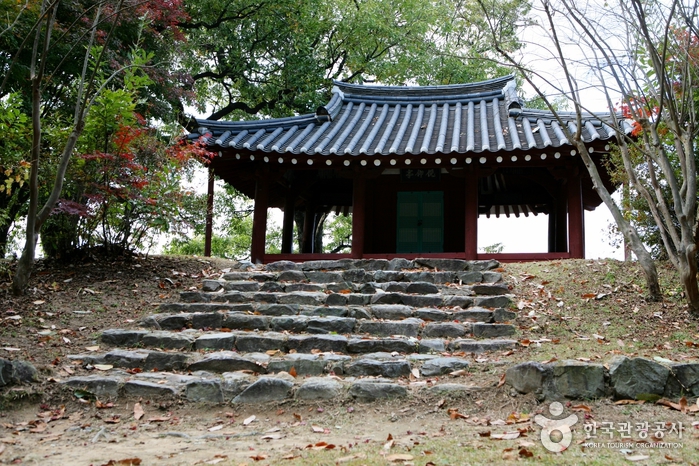
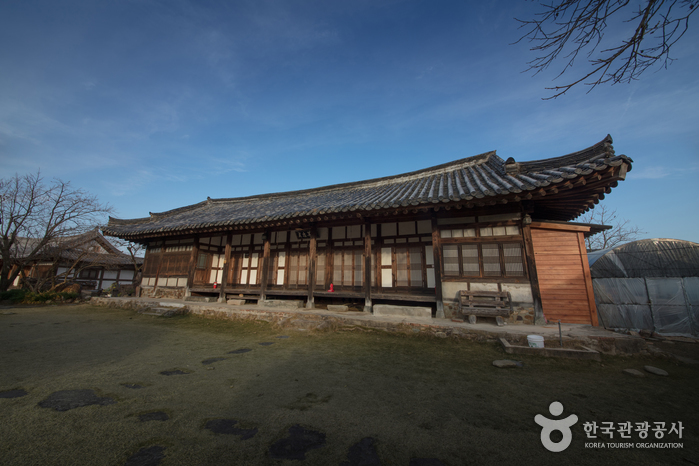
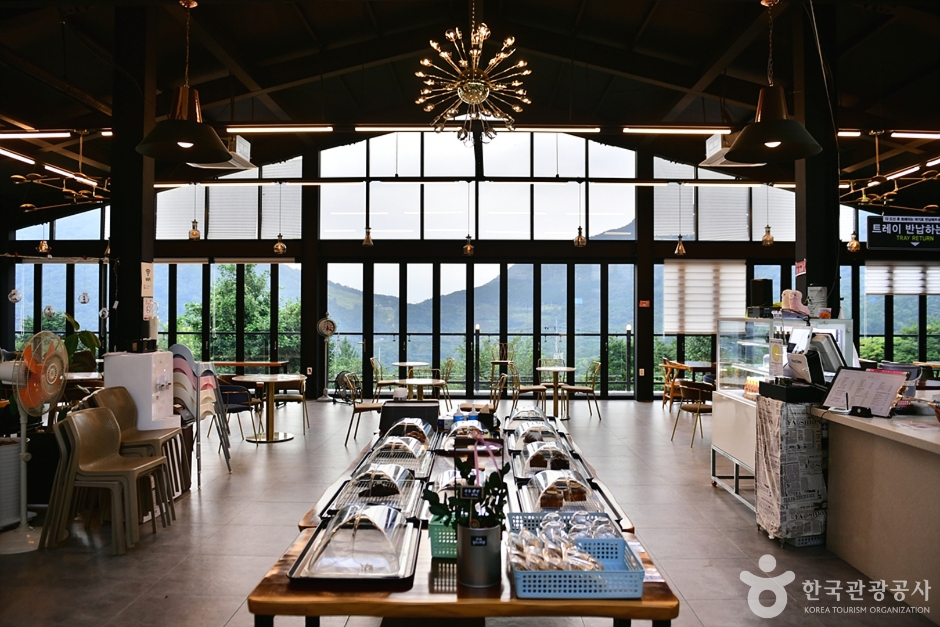
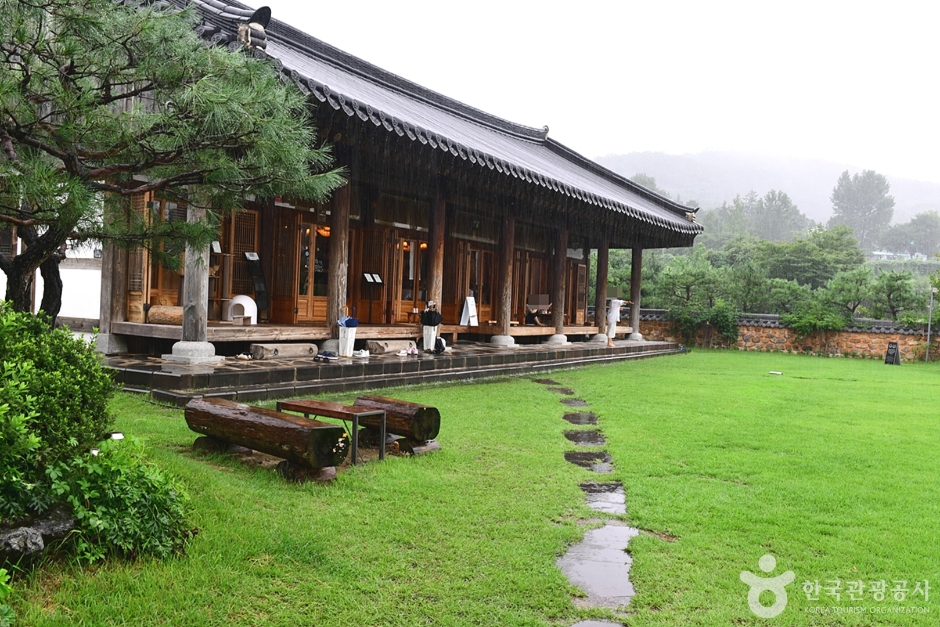
![Stay Hwangryong[Korea Quality] / 스테이황룡 [한국관광 품질인증]](http://tong.visitkorea.or.kr/cms/resource/48/2810848_image2_1.jpg)
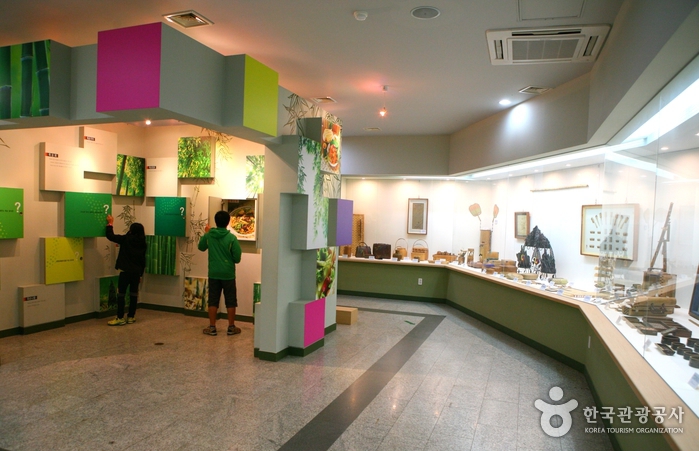
 English
English
 한국어
한국어 日本語
日本語 中文(简体)
中文(简体) Deutsch
Deutsch Français
Français Español
Español Русский
Русский